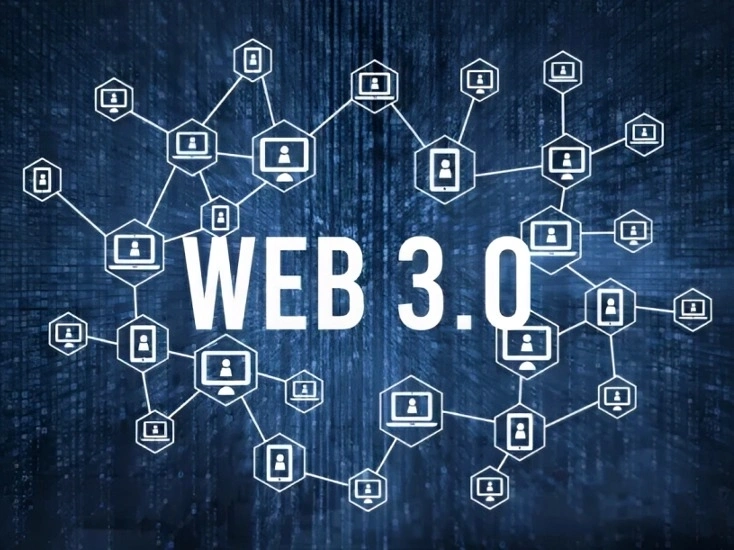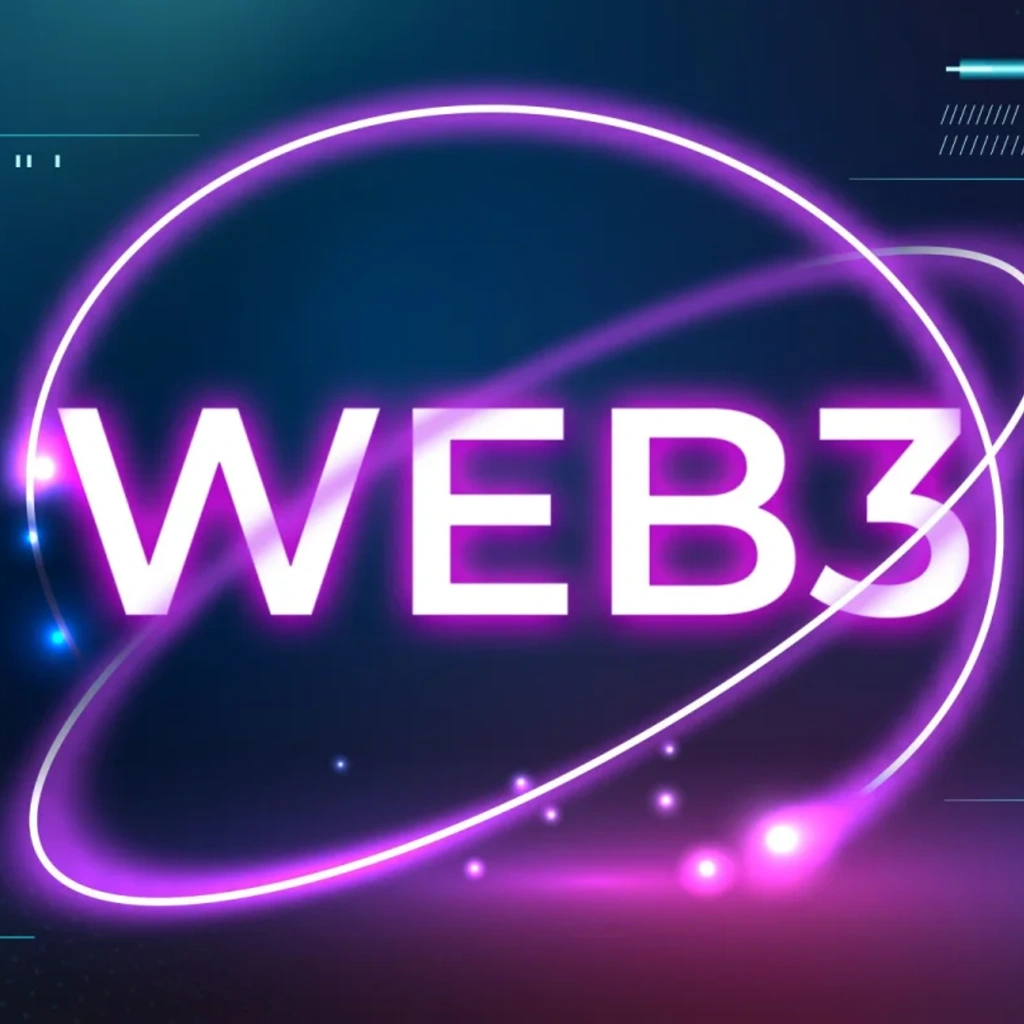Web3 Explained: What It Is, Why It Matters, and What’s Next
You’ve probably heard the term “Web3” tossed around lately—maybe in tech circles, finance chats, or even on social media. But what does it actually mean? Let’s break it down. In this article, you’ll find Web3 explained in plain language—no dense jargon, no long-winded crypto rants. Just a straight-up look at what Web3 is, why it’s got people talking, and what it could mean for all of us.
So… What Is Web3, Anyway?


At its core, Web3 (sometimes written as Web 3.0) is about a new version of the internet—one that’s decentralized. That means instead of everything being controlled by a handful of tech giants (you know who they are), the power shifts to users. Web3 is built on blockchain technology, which allows for peer-to-peer interactions without needing a middleman.
Imagine a version of the web where you own your data, log in with a crypto wallet instead of a password, and can transact with others directly. That’s Web3 in a nutshell. Of course, the real-world application is more complex, but that’s the basic idea.
In Simple Terms


Let’s put it this way—if Web1 was read-only (think static websites), and Web2 is read-write (think social media, user-generated content), then Web3 adds ownership to the mix. You can read, write, and own pieces of the web.
Ownership is a big deal here. In Web2, your photos, posts, and even personal data often end up making money for platforms like Facebook or YouTube. In Web3, thanks to tokens and blockchain, users can potentially earn from their contributions. Artists can sell digital art (as NFTs), gamers can trade in-game items for crypto, and creators can be paid directly by their audiences—no middle layers.
Sounds promising, right? Well, maybe. It’s still early days.
Is it Just About Crypto?


Not entirely—but crypto is definitely part of the picture. Web3 uses cryptocurrencies and blockchain tech as a kind of backbone. Tokens (whether it’s Bitcoin, Ethereum, or something newer) allow for transactions that are secure, traceable, and don’t rely on banks or payment processors.
But it isn’t only crypto. It includes things like decentralized apps (dApps), decentralized finance (DeFi), decentralized autonomous organizations (DAOs), and more. See a trend here? “Decentralized” is the key word.
Still, there’s a catch. While the vision is cool, a lot of the projects are experimental. Some crash and burn. Others take off. It’s like the Wild West of the internet right now.
Why Should You Care About Web3?
Let’s be honest—if you’re not deep in the tech world, it might sound like a buzzword. But it could have real implications for how we use the internet in the next decade.
For example:
- Privacy: Instead of companies owning your data, you do.
- Monetization: Creators might earn more directly—without ad platforms or algorithms dictating their reach.
- Access: Web3 could open financial services to people without access to traditional banks.
Of course, this comes with risks. Web3 is still unregulated in many places. Scams happen. And let’s face it—setting up a crypto wallet isn’t exactly grandma-friendly. The learning curve is real.
What’s Next for Web3?
Good question. Some believe Web3 is the inevitable evolution of the internet—more open, fair, and democratic. Others say it’s a hype bubble, driven by speculative investment and Silicon Valley dreams.
Truth is, it’s probably somewhere in the middle. Like any big tech shift, Web3 will take time to mature. There will be winners and losers. Breakthroughs and setbacks. But it’s worth watching, because even if Web3 doesn’t look like the utopia some promise, it might still push the internet in a new, user-powered direction.
So—Web3 explained? Maybe not completely, but hopefully you’ve now got a clearer picture.
What’s your take? Revolutionary shift… or just another buzzword in the tech world?
Relevant News: HERE




